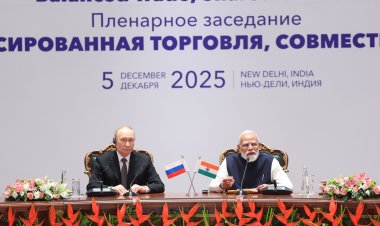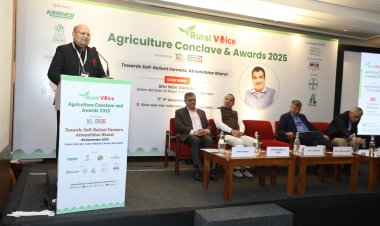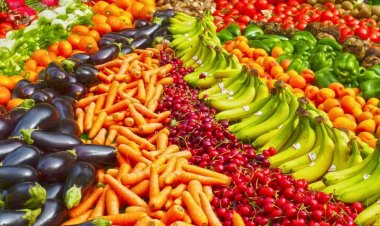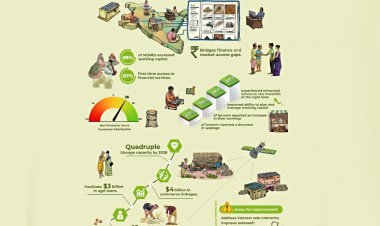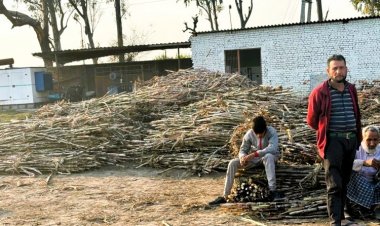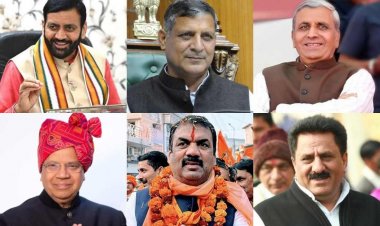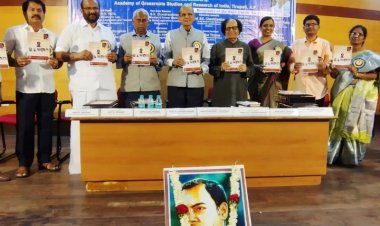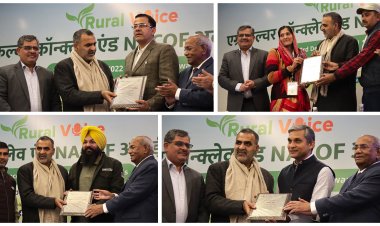Free food distribution scheme keeps extreme poverty at bay in India: SBI Ecowrap
The report mentions that free food distribution of cereals during the pandemic starkly reduced income inequality across laggard states and those at the bottom of the pyramid. The study was launched by SBI Ecowrap with a hypothesis of how the free foodgrain distribution is impacting the distribution of wealth on population quintiles for the poorest of the poor.

Free food distribution scheme has moderated income inequality in many states, as a result of which India has done quite well during the pandemic in terms of navigating income shocks, says an SBI study.
The report mentions that free food distribution of cereals during the pandemic starkly reduced income inequality across laggard states and those at the bottom of the pyramid.
The study was launched by SBI Ecowrap with a hypothesis of how the free foodgrain distribution is impacting the distribution of wealth on population quintiles for the poorest of the poor.
It took a cue from the International Monetary Fund (IMF) Working Paper which indicated that Pradhan Mantri Garib Kalyan Yojana (PMGKAY), which provides free foodgrains to poor people, played a key role in keeping extreme poverty in India at the lowest level of 0.8 per cent during the pandemic-hit 2020.
The SBI study analysed the impact of the share of rice procurement (since rice is still the staple food for most of the people in India) on Gini Coefficient for 20 States and the impact of the share of wheat procurement on the Gini Coefficient for nine States.
The results showed that in relatively laggard states, in terms of unequal distribution of wealth across different population quintiles, rice and wheat procurement had a significant impact on reducing inequality through a reduction in the Gini Coefficient, it said.
These states are Assam, Bihar, Chhattisgarh, Jharkhand, Madhya Pradesh, Odisha, Uttar Pradesh, Uttarakhand and West Bengal, the report said.
The study found that the impact of rice and wheat procurement on the percentage of population for the lowest and second quantiles of wealth revealed a sharp decline in the percentage population in such quantiles of the population.
Stating the importance, the report said that a higher procurement was benefiting the poorest of the poor in terms of subsequent free distribution of foodgrains and the procurement might have also put money into the hands of smaller and marginal farmers, with distributional impact.
This also shows that the procurement of cereals by the government over time may have become more efficient across states, it said.
It is pertinent to mention here that the government last month decided to provide free ration to 81.35 crore poor people under the National Food Security Act (NFSA) for one year.
Under NFSA, also called the food law, the government currently provides 5 kilograms (kg) of foodgrains per person per month at Rs 2-3 per kg. The families covered under the Antyodaya Anna Yojana (AAY) get 35 kg of foodgrains per month.
Rice is given to poor persons under NFSA at Rs 3 per kg and wheat at Rs 2 per kg.
Interestingly, the report said, with food being provided free under NFSA, the cost actually paid by the households for the quantity obtained from the PDS will be zero.
This lower demand of cereals at market prices will concomitantly lower the mandi prices of cereals and this will have a sobering impact on the CPI food inflation.
"We also find that several government transfer payments for the poor are adding Rs 75,000 to a household per annum. Our results clearly substantiate that in the Indian context, it is an incorrect conjecture to assume that inequality has worsened during (the) pandemic," the report said.
With a progressive growth in output across states as proxied by GSDP, it is clear that the fruits of such growth have clearly reverberated and dovetailed into inclusive growth, it said, adding that India had thus done quite well during the pandemic in terms of navigating income shocks across deciles of population.



 Join the RuralVoice whatsapp group
Join the RuralVoice whatsapp group

















